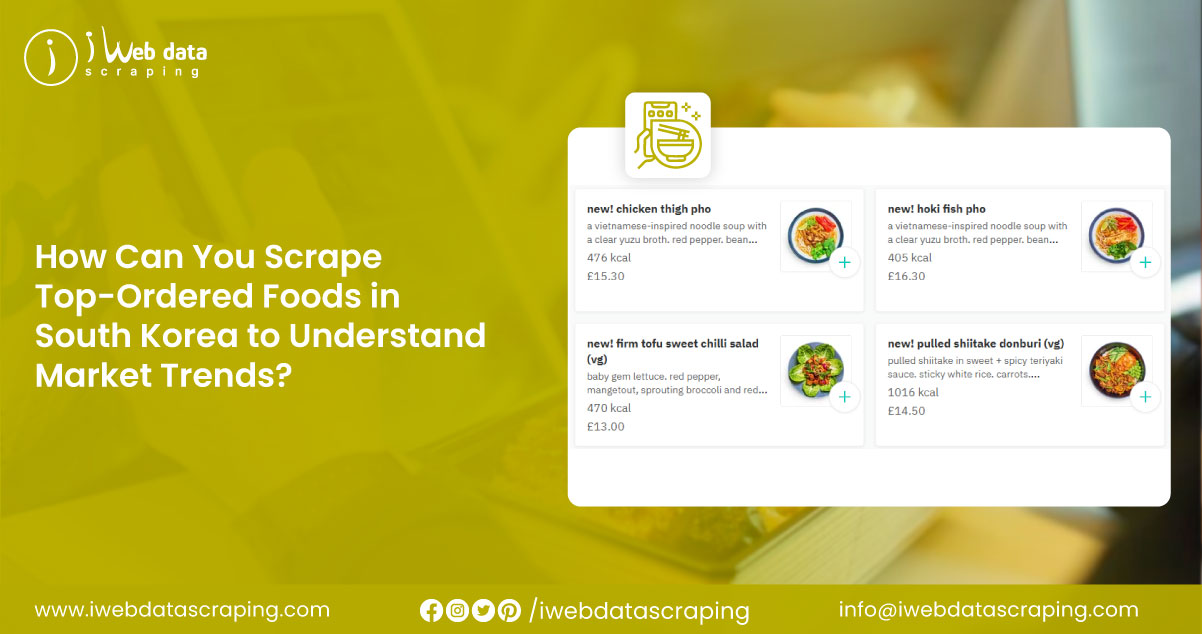
South Korea’s food delivery scene is vibrant, competitive, and ever-changing, with seasonal trends strongly influencing consumer preferences. One of the most notable trends is the spike in Korean fried chicken orders during the fall. This savory, crispy comfort food has become a cultural icon, often paired with beer for social gatherings and cozy nights in. Businesses looking to understand and leverage such shifts can gain immense value by using data insights to track and forecast customer demand patterns. This is where the need to Scrape top ordered foods in South Korea becomes a strategic necessity for delivery platforms, restaurant chains, and market analysts.
The demand for Korean fried chicken in autumn is not coincidental. Cooler weather, festive occasions, and a cultural preference for hearty, warming meals combine to make it a seasonal star. Through advanced analytics and tools to Extract Korean fried chicken order trend data, companies can pinpoint when demand begins to climb, identify which styles and flavors lead the pack, and adjust inventory, pricing, or promotional strategies in real time.
With web scraping Korean fried chicken order data, platforms can monitor both historical and live data across multiple delivery apps, uncovering hidden trends in consumer behavior. These insights help restaurants avoid overstocking or missing out on high-demand periods. More importantly, they create a foundation for forecasting upcoming food trends or delivery preferences based on patterns observed year after year.
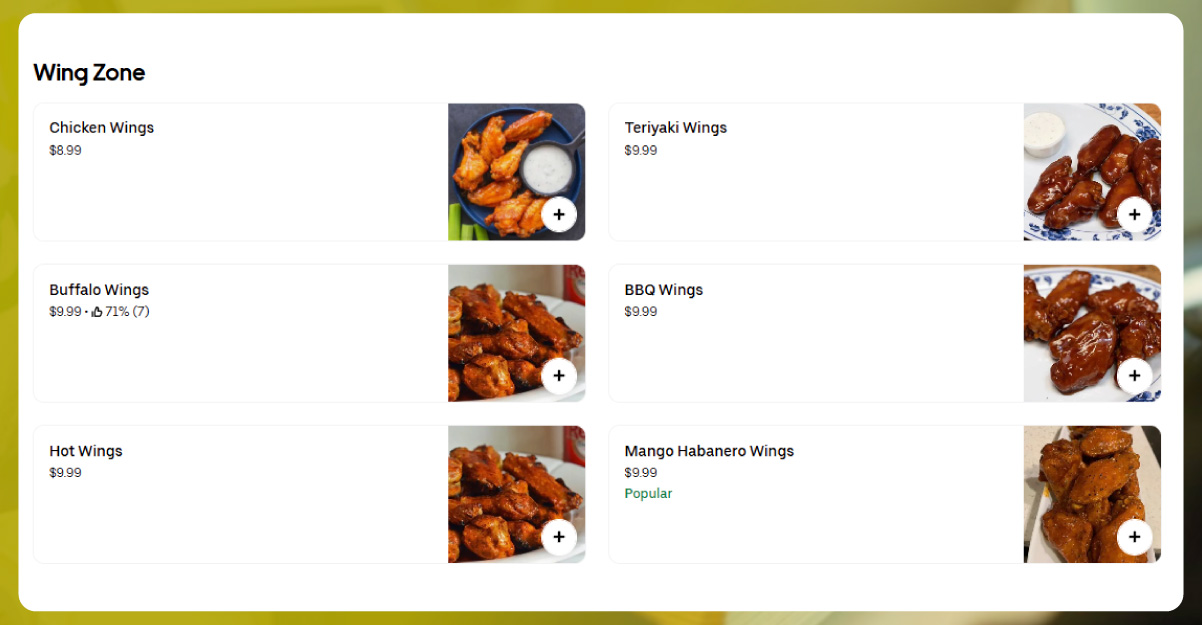
Autumn in South Korea brings cooler air, vibrant foliage, and a shift in eating habits. Foods that offer warmth, comfort, and social sharing rise in popularity. Fried chicken, with its crispy exterior and tender meat, perfectly fits the bill. This surge is further boosted by seasonal marketing campaigns, limited-time flavors, and televised sports events, which are often enjoyed with delivery chicken.
By leveraging Korean fried chicken delivery data extraction , food delivery services can break down orders by type (original, spicy, soy garlic, etc.), packaging preferences, and even popular sides. These granular details help both established chains and local restaurants make informed menu adjustments to meet seasonal demand.
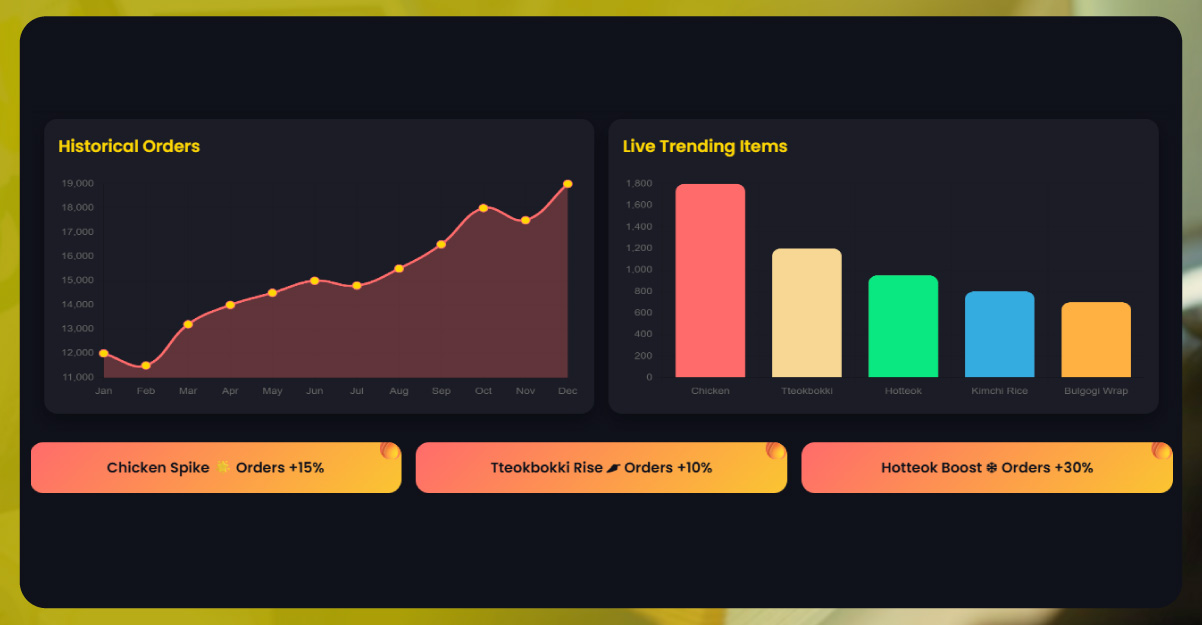
Forecasting upcoming food trends or delivery preferences requires blending two data streams: historical patterns and current live orders. Historical data reveals long-term behaviors—such as the consistent autumn chicken spike—while live data detects sudden surges caused by external factors like celebrity endorsements, social media trends, or viral content.
For example, a chain might notice that a specific sauce flavor gains traction in September due to a popular TV drama featuring it. Using this insight, they can launch targeted promotions before competitors catch on. Similarly, weather-related spikes—such as a sudden cold wave—can be anticipated by pairing food order trends with weather forecasts.
With Scraping Korea’s most popular food delivery items, analysts can expand beyond chicken to see if other fall favorites—like tteokbokki (spicy rice cakes) or hotteok (sweet pancakes)—show correlated demand patterns. This broader picture can help delivery platforms bundle items in seasonal promotions.
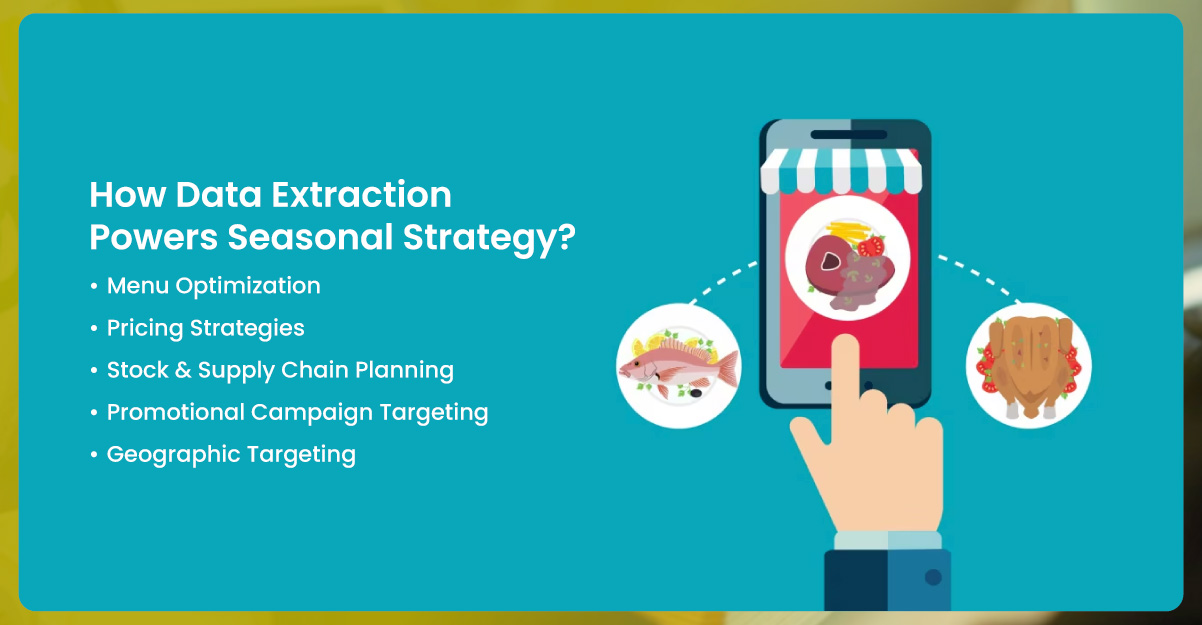
Data extraction powers seasonal strategy by capturing real-time trends, historical demand shifts, and emerging customer preferences, enabling businesses to anticipate changes, optimize offerings, and align marketing efforts with peak seasonal opportunities for maximum revenue impact.
With objectives to Scrape Fall Food Trends: K-Style Fried Chicken in South Korea, businesses can act proactively rather than reactively, ensuring they capture the largest possible market share during high-demand months.
Unlock powerful insights with our food delivery data scraping solutions—start transforming your market research today!
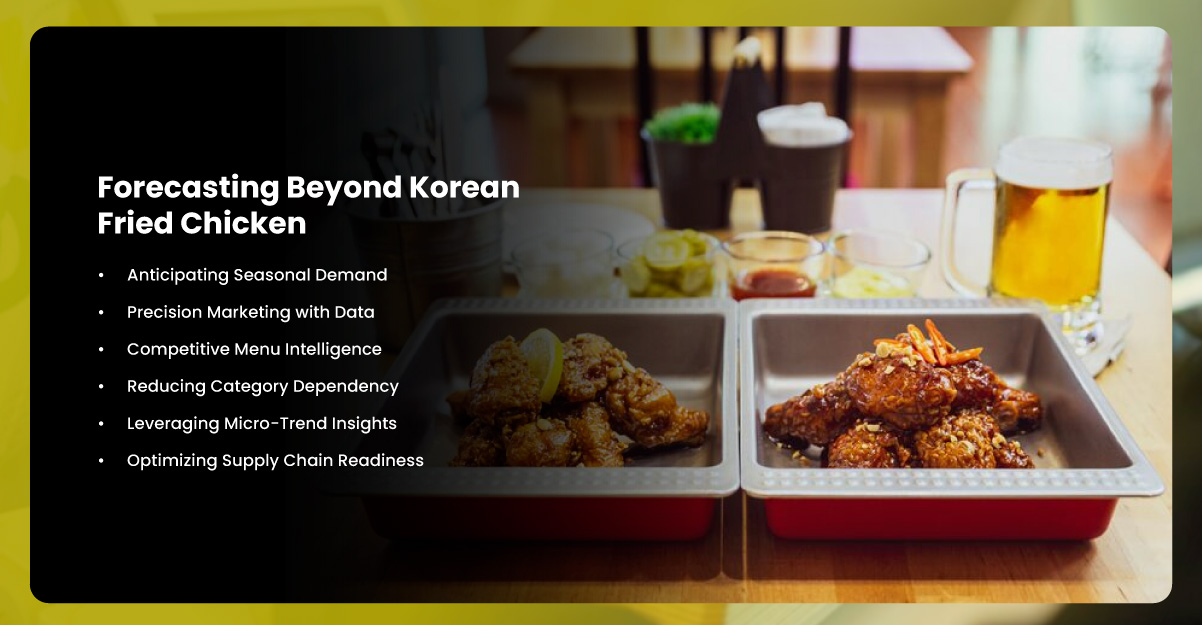
While fried chicken dominates fall, forecasting tools can detect emerging competitors in the seasonal food scene. By combining long-term datasets with real-time order monitoring, analysts may notice a gradual increase in comfort soups, seasonal lattes, or limited-edition desserts gaining traction in delivery apps.
This kind of insight, enabled by tools to Extract K-Food Orders for Seasonal Popularity Insights, is essential for restaurants that want to diversify their offerings. For example, a fried chicken brand might introduce a spicy soup as a complementary seasonal item to capture customers looking for variety without losing the core audience.
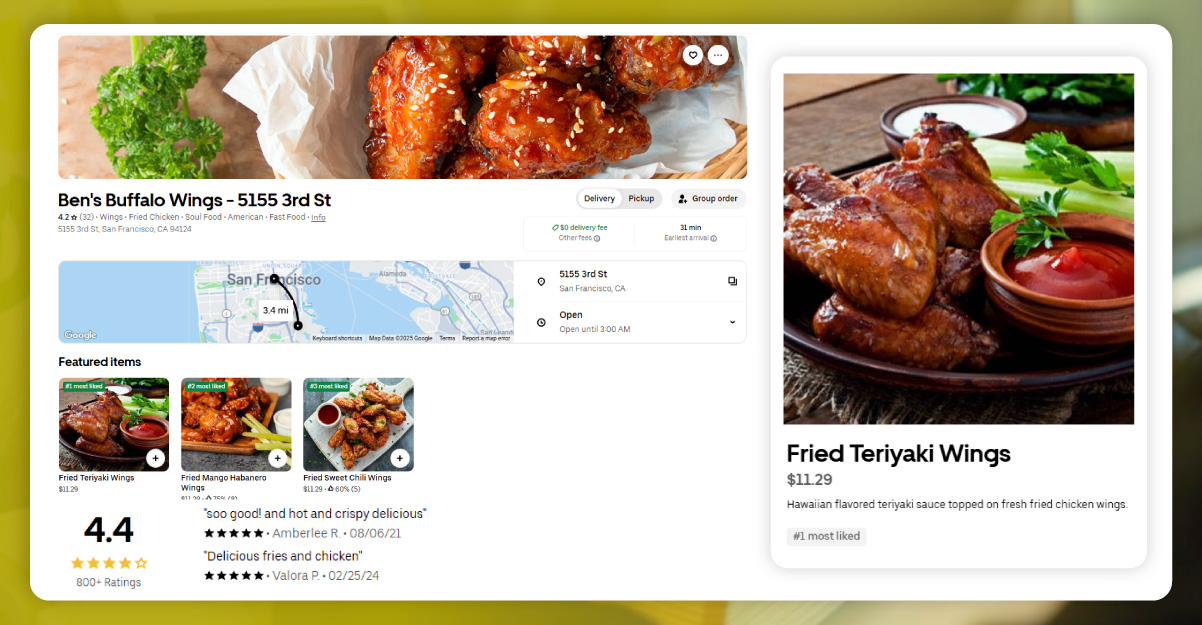
Collecting reliable trend data requires both technical precision and ethical considerations. Delivery platforms often contain thousands of menu items, with prices, descriptions, promotions, and reviews updating constantly. Automated tools, built for Food Delivery Data Scraping Services , allow businesses to gather this information efficiently, while filtering for relevant attributes like:
Such tools must be configured to respect platform guidelines and ensure that collected data is anonymized to protect user privacy. Once gathered, the data is cleaned, normalized, and visualized, revealing clear seasonal demand curves.
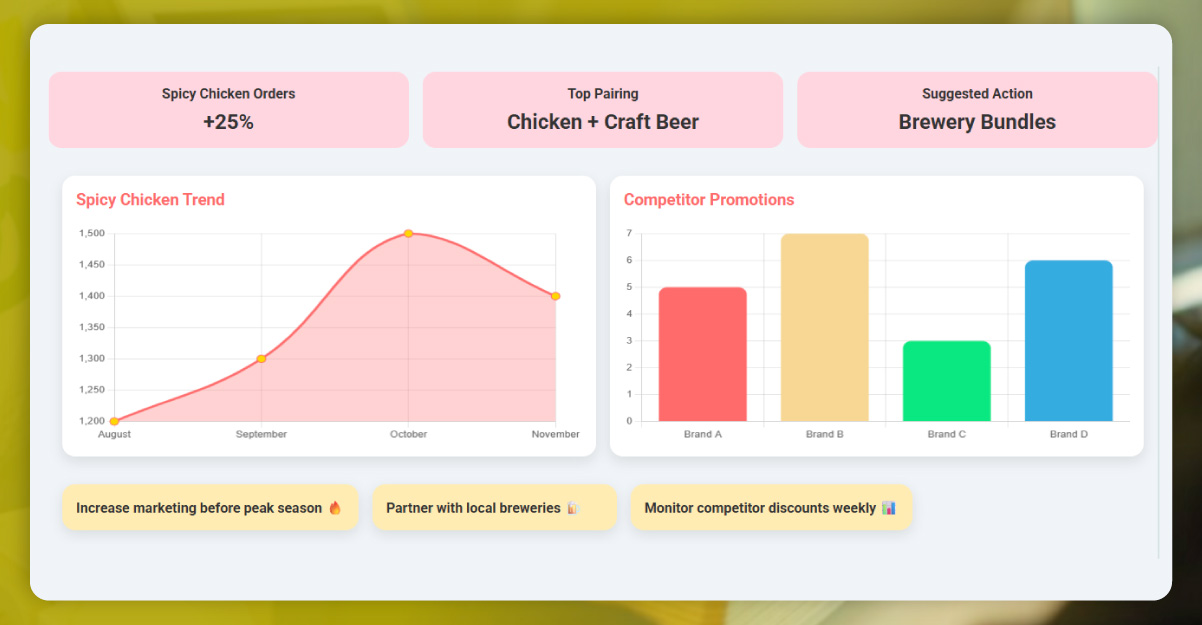
Korean fried chicken brands face intense competition, with both global chains and local shops vying for market share. Those that integrate data-driven decision-making into their operations have a clear edge.
For example, a chain may notice that spicy variants see a 25% higher order rate in October compared to August. By preemptively increasing marketing for spicy chicken in late September, they can capitalize on the trend earlier. Similarly, tracking competitor promotions through the Restaurant Data Scraping Service helps in countering with timely offers.
Data also assists in brand positioning. If trends show that customers are pairing fried chicken with craft beer in specific neighborhoods, a restaurant could partner with local breweries for exclusive delivery bundles.
Understanding Korean fried chicken’s fall surge also requires recognizing the cultural role of food in South Korea. The social nature of dining, the popularity of delivery over dine-in for comfort foods, and the influence of seasonal marketing campaigns all contribute to the trend.
Cultural events, sports seasons, and even streaming service releases can significantly impact ordering patterns. For example, a major K-drama that features characters enjoying fried chicken in cozy autumn settings can trigger real-world sales boosts. These nuances are best captured when analyzing Food Delivery Data Intelligence Services alongside broader cultural data sources.
The surge in Korean fried chicken orders each fall is more than a seasonal quirk—it’s a predictable, data-backed opportunity for growth. By combining historical and live data, businesses can forecast trends, prepare targeted marketing, and refine their menus to match demand.
For brands looking to secure a competitive edge, adopting advanced Restaurant Data Intelligence Services is essential. The insights gained from these tools not only enhance seasonal sales but also contribute to year-round strategy refinement. Furthermore, leveraging Food Delivery App Menu Datasets ensures that platforms remain agile, relevant, and aligned with evolving consumer preferences.
As South Korea’s delivery market continues to evolve, the winners will be those who act not just on instinct but on complex, timely data, transforming seasonal spikes like fall’s fried chicken craze into sustainable business growth.
Experience top-notch web scraping service and mobile app scraping solutions with iWeb Data Scraping. Our skilled team excels in extracting various data sets, including retail store locations and beyond. Connect with us today to learn how our customized services can address your unique project needs, delivering the highest efficiency and dependability for all your data requirements.